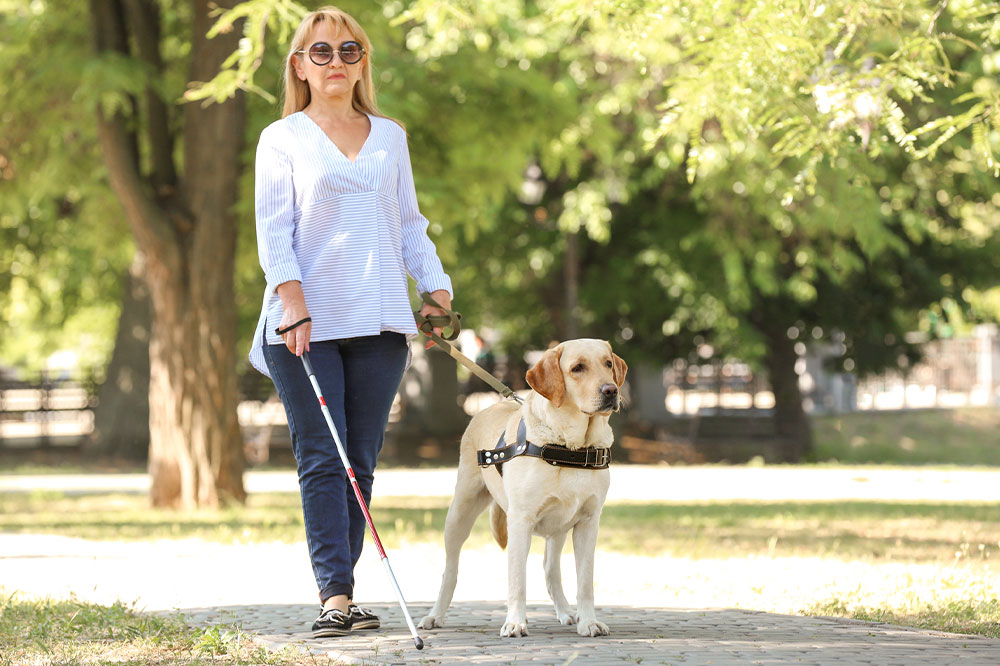Emotional support animals – Benefits and things to consider

With heightened stress and emotional strain becoming increasingly common today, the role of emotional support animals in promoting mental well-being has gained significant recognition. These remarkable companions offer many benefits, including offering comfort and support to those facing emotional and psychological challenges or dealing with a disorder. If one is planning to get an emotional support animal, here are a few benefits and things to consider before making a decision:
What are emotional support animals?
ESAs differ slightly from pets in that they are prescribed by mental health professionals to provide comfort and assistance to those with diagnosed mental health conditions. ESAs have legal recognition and protections under certain laws and are chosen for their ability to offer emotional support, while pets are primarily chosen as companions based on personal preferences. Some popular ESAs are alpacas, dogs, cats, birds, llamas, sheep, goats, horses, rabbits, chickens, and pigs, with dogs being the most common ESAs. To find an emotional support animal, one can start by consulting with a mental health professional or therapist. They can offer guidance regarding the process and determine if one qualifies for getting an ESA.
ESAs versus service animals
ESAs are not trained to perform specific tasks.







